We’re well into 2025 now, and as we continue to roll out updated IT and cybersecurity policies, it’s important to revisit why we’re doing what we’re doing.
One way we’ve found helpful in explaining these changes? Drawing a comparison most people do understand: social media.
You already know that platforms like Facebook, Instagram, and TikTok collect tons of behavioral data. If it’s free, you’re the product—right?
But here’s the kicker: Windows 11 is doing the same thing—and unlike those apps, it’s not free software. Most users (and business owners) are surprised to learn just how much telemetry and behavioral data Windows 11 is collecting by default.
Let’s break it down.
Windows 11 vs. Social Media: The Data Collection You Didn’t Expect
| Windows 11 Collects | Social Media Equivalent |
| App usage (what you open, how often, how long) | Post views, likes, scroll behavior |
| Start Menu & Bing search history | Search & hashtag history |
| Location via Wi-Fi, GPS, or IP | Check-ins, geotags |
| Typing behavior (autocorrect/suggestions) | Messaging patterns |
| Clipboard contents (if cloud clipboard is on) | Copied/shared posts |
| Account info & sync history | Profile data & linked accounts |
| Activity timeline across devices | Cross-platform tracking |
| Ad ID, telemetry & suggested content | Targeted ads and personalized feeds |
All of this is enabled by default. And depending on the version of Windows 11 you’re running, you may not be able to disable it fully without diving into Group Policy or making registry changes.
Why It Matters for IT Managers & Business Owners
Let’s get real: Windows 11 isn’t just an operating system anymore—it’s a live, cloud-connected platform. That means businesses can’t afford to treat it like a passive tool. This level of background tracking has implications far beyond personal privacy.
⚠️ Key Risks:
- Privacy Exposure: Behavioral and device data is often transmitted to Microsoft servers for processing.
- Compliance Concerns: Default configurations may violate compliance frameworks such as CMMC, NIST 800-171, HIPAA, or ISO 27001.
- Awareness Gap: Many users—and even organizations—are unaware of what’s being shared or stored.
What We’re Doing About It
At GladiusIT, we take this seriously. Here’s how we help protect your organization:
- Auditing & Hardening Privacy Settings: We review and adjust system defaults, especially around Diagnostics & Feedback.
- Disabling Risky Features: This includes advertising ID, cloud clipboard, search highlights, and activity history.
- Group Policy & Registry Controls: Where necessary, we implement GPOs and registry tweaks to restrict telemetry and enforce compliance.
- Treating Windows as a Service: We don’t “set and forget.” We monitor and adapt—because Windows 11 evolves constantly, just like a live app.
Our Final Thoughts
Windows 11 isn’t evil. But it’s not neutral either.
As cybersecurity professionals, it’s our job to ask hard questions, dig deeper, and configure systems for both functionality and privacy.
The same energy we’ve always used to manage social media risks? We’re now applying it to your operating system.
Have questions about your organization’s Windows 11 setup?
Reach out. We’ll help you take control before control is taken from you.
– The GladiusIT Crew
Your business deserves better than default settings.




